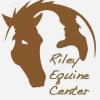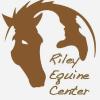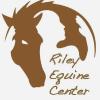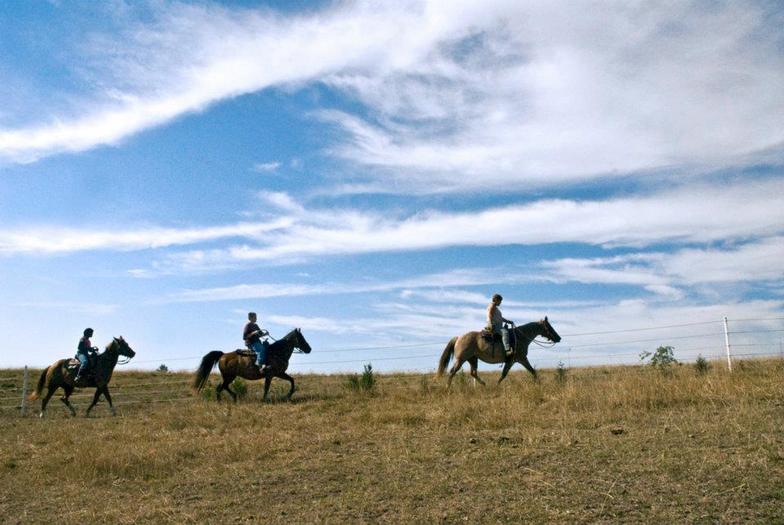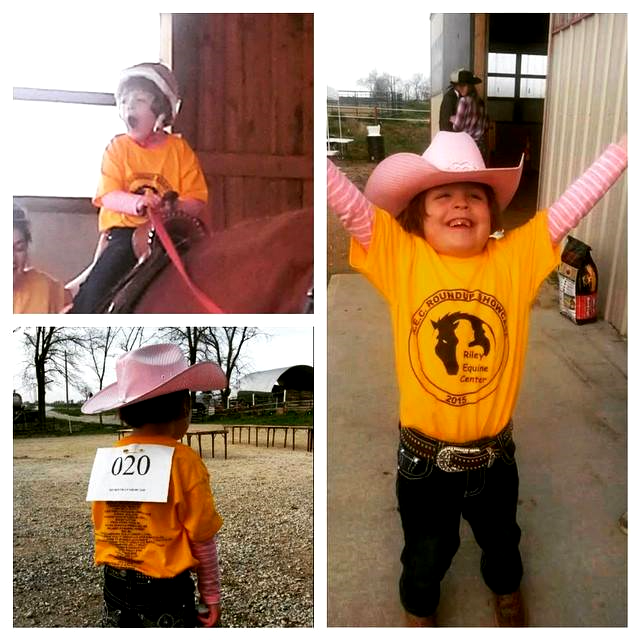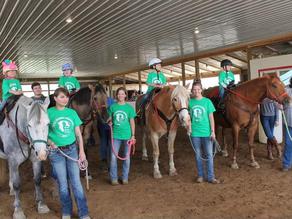The physical benefits of riding are based primarily on the movements of the horse. At the walk, the horse’s rhythmical gait transfers to the rider the pelvic movements of a normal walking man or woman: back and forth, up and down, side to side, and rotational. This repetitive motion helps to improve balance, coordination, strength, and muscle tone as it gently mobilizes the joints.
Cognitive impairments are addressed through instruction in horsemanship skills and stable management. Riders have a chance to socialize more easily with others and experience human-to-animal bonding. Riding is recognized as not only an enjoyable sport, but also as a means of improving self-esteem and motivation as participants gain a greater sense of freedom and independence. Riders are encouraged to participate in horse shows and other events, increasing self confidence and integration in the community. There are four distinct areas of emphasis in horseback riding for the physically and mentally challenged.
Motion Therapy is a form of riding in which the horse is used as a therapeutic modality to directly affect the body while the rider sits on the horse’s back in a variety of positions. Certified therapeutic riding instructors provide actions and exercises that enhance stability, balance, and coordination.
In Sport Therapy each student learns basic horsemanship skills and emphasis is placed on developing and refining physical and cognitive abilities needed to independently control the horse in a variety of situations. Goal setting is done with a therapist. Classes are taught by a certified instructor.
Mainstreamed Recreational Riding provides opportunities for improved social interaction and exploration of the environment with some skill-building to enhance general health and well-being.
In general, all forms of riding facilitate sensory integration, coordination, balance, communication and active participation within and upon the environment. Any activity that is purposeful and fun will more effective than one that is boring, tedious, or meaningless. The many different aspects of equine facilitated therapy: riding, grooming, tack maintenance, stable management, recreational games played on horseback, all encourage effort and develop a positive attitude and sense of well-being and accomplishment.
HISTORY SPEAKS FOR ITSELF
WHAT IS THERAPEUTIC HORSEBACK RIDING?
- Cerebral Palsy
- ADD/ADHD
- Down Syndrome
- Autism Spectrum Disorder
- Developmental Delays
- Paraplegia
- Traumatic brain injury
- Multiple sclerosis
- Muscular dystrophy
- Reactive Attachment Disorder
- Bipolar
- Mental Retardation
- Hearing impairments
- Visual impairments
- Depression
- Everyone
WHO BENEFITS FROM RIDING?
Therapeutic riding, also known, as Equine-Assisted Therapy, Equine-Facilitated Therapy, and riding for the disabled, is known as the use of the horse and equine based activities. Therapeutic Riding uses the horse to achieve a variety of therapeutic goals, including cognitive, physical, social, educational, and behavioral goals. Therapeutic riding has been used since before WWI when Germans rode horses for therapy. The first study on the value of riding as a therapy was reported in 1875, when a French physician used riding as a treatment for a variety of conditions. He concluded that it was helpful in the treatment of certain neurological disorders by improving balance and joint movement, as well as psychological improvements.
Therapeutic riding is practiced in some form all over the world. Great Britain formed riding for the disabled (RDA) program to promote competition and equine sports for the disabled. Germany and Switzerland have been in the forefront of developing and establishing Hippotherapy as a medical mode of equine assisted therapy. Therapeutic riding has incorporated therapy, education, sport, and recreation.
Therapeutic riding came to the United States and Canada in 1960 with the formation of The Community Association of Riding of the Disabled. Today disabled riders demonstrate their accomplishments in national and international sport riding competitions. Hippotherapy has developed as a medical field recognized by most major countries. Equine-facilitated Mental Health, and other forms of therapy involving horses are gaining popularity. Riding for the disabled has become a well-recognized and acclaimed method of improving the lives of those who refuse to let their disabilities limit them.
